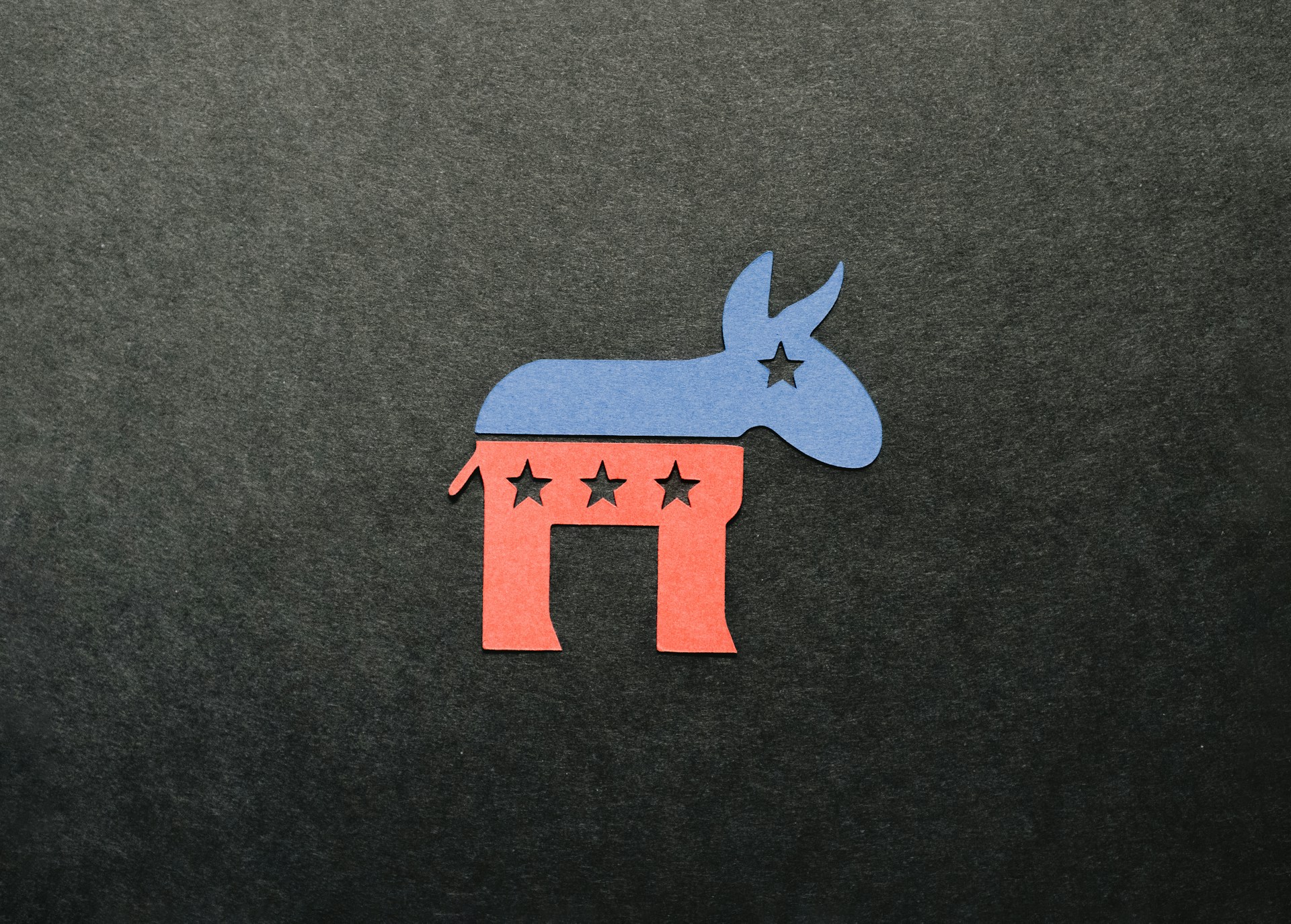Can you give our readers a brief overview of what Neurons does? How does your work differ from traditional eye-tracking vendors like EyeSee & MetrixLab?
Neurons offers a suite of online and offline solutions based on AI and neuroscience to help businesses better understand consumers and improve customer experience. Our AI solution, Predict, allows users to quickly predict customer attention and cognition on their marketing assets to test design concepts and optimize them before launching.
Compared to other companies offering only eye-tracking solutions, Neurons is the only comprehensive one-stop shop for predicting and understanding implicit customer responses. We do this by offering solutions from a predictive AI solution, quick online tests for exploring customer sentiments, all the way to deep and comprehensive neuroscience research capabilities. We are not only leaders in hardware-enabled eye-tracking research, but we have also built the most accurate predictive AI model of consumer attention and cognition, making neuroscience research truly accessible for businesses.
We are also established as thought leaders, having written the textbook for the industry and we are continuing to train tens of thousands of people globally through our e-learning initiatives and publications.
Can you explain a bit about the technology behind your Predict AI platform and how it predicts customer response and choice?
Predict is built on extensive neuroscience research that we conduct with our in-house expert science team. The AI has been trained on the industry’s largest consumer neuroscience database of over 15,000 participants. This is built on the continual research conducted by Neurons’ Research solution. Each year, we add new eye-tracking data of over 5,000 new participants to the database.
Predict’s prediction model has an overall accuracy rate of 95%, one of the highest by far in the industry. This is measured through Neurons’ unique validation paradigm, which includes three steps:
- Pixel-by-Pixel – A conservative test, where we compare the model prediction and eye-tracking data on a pixel basis. This is where the 95% accuracy rate comes from.
- Area of Interest (AOIs) – Here, we extract the aggregate attention from preselected AOIs (e.g. face, product, brand, and text) and compare the model prediction with eye-tracking data. Here, we see a 98% accuracy rate.
- Interpretations – In this step, we ask professionals to evaluate the heat maps, where they are blinded as to whether it is calculated by Predict, or from an eye-tracking study. Then, they compare the two to see whether the interpretations are aligned. Here, we measure at a 99% accuracy, suggesting that users of Predict will reach the same conclusions as if they ran the same materials through an eye-tracking study.
Is there an example you can provide for how a brand might leverage your technology in their digital advertising?
A major part of advertising relies on the attention that the actual brand gets through their advertisements. This often comes in the form of a logo that signals the source of the ad. During our years of research and working with ads, we’ve learned that many companies make the mistake of focusing solely on the narrative at the cost of brand attention. With Predict, brands can use heat maps and fog maps to leverage the saliency of their branding and ensure that they are presenting the most important information like the brand, product, message, or call to action, in the viewer’s primary visual path.
Predict can also measure elements like how memorable a brand in an ad is based on conceptual closure. Conceptual closure is the existence of event boundaries or scene shifts in a visual narrative. For example, you can be exposed to a conceptual closure if you are watching a video of something and the scene shifts abruptly, causing you to ‘lose your train of thought’ in a way.
Conceptual closure has been found to affect the success of branding in video ads. If it occurs at the time of branding, viewers are more likely to forget what the ad was for. With Predict, you can measure conceptual closure with the Cognitive Demand score, which indicates the amount of information in an image or video frame at any one time. The higher the score, the more likely it is that the viewer will be overloaded with information. Any abrupt changes in the Cognitive Demand score during a scene shift that changes the visual quality of an ad can indicate an exposure to conceptual closure and a potential reduction in brand memory.
Attention is one of the most valuable commodities in this in digital advertising age. Are there any learnings you can share about best ways to harness audience attention?
The rise of social media and the ever digitized economy has made attention the centerpiece of how companies communicate with their customers. But we must also remember that attention is a scarce commodity that advertisers need to fight for. We cannot assume that customers are willing or interested in spending even mere seconds looking at an ad.
Based on our insights into consumer neuroscience, we found that the best ways to harness audience attention are by the following means:
- Grabbing attention in the first second
Alongside the Mobile Marketing Association and the Advertising Research Foundation, we studied advertising on social media and discovered that people saw, responded to, and had improved recall of a social media ad within the first second. In fact, the ads that we were testing on were only attended to by little more than three seconds. Our findings revealed that advertising on digital media is a completely different game than traditional formats such as TV and print. Based on this study, we coined the term “1-second strategy”, where companies are recommended to effectively engage their customers within the first few seconds of an ad.
- Viewers have a limited bandwidth to process ads
It’s always best to keep an ad simple. We have to limit how much information we present to our audience as we have a cap on our attention bandwidth. When we increase the complexity of an image or a scene, we reduce the likelihood that any single item will be seen in itself. There’s just too much competition for attention there! This is when Predict comes into play; Predict includes scores of Cognitive Demand and Clarity which measures the complexity and “busyness” of an ad creative, ensuring that you don’t pack too much information, whether relevant or purely for creative purposes, into a single ad.
- Context is key
Across multiple commercial and academic studies, we have found that attention is highly dependent on contextual information. If an ad is shown in a busy context, chances are that the ad will not be seen at all, unless it bears a lot of visual clarity and simplicity. Conversely, in ad contexts that are simple and easy, ads can be allowed to be more visually complex and still attract significant attention. With Predict, clients can rely on the Cognitive Demand and Clarity scores to understand how much information there is in a picture, and to test and improve the effects of the measured demand level on ad attention.
Are there any mottos that drive your work at Neurons?
Our “why” at Neurons is as follows: To improve customers’ brand experiences by reducing commercial waste.
We see that there are dramatic shifts in the marketing and digital industry these days, especially as third-party cookies are phased out, new regulations are inserted, and companies such as Apple are focusing on data privacy. This produces a greater need for new methods to understand and predict customer responses. The potential drawback of this is that “everyone starts screaming for attention”—and this is a situation we at Neurons are adamant about alleviating.
Learn more at www.neuronsinc.com





